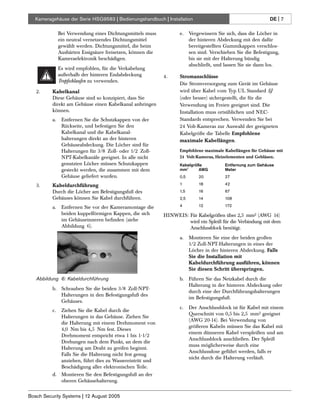Le manuel d'instructions pour les carcasas environnementales de la série HSG9583 fournit des directives essentielles pour l'installation, le fonctionnement et l'entretien de l'équipement. Il souligne l'importance de suivre des précautions de sécurité spécifiques pour éviter des blessures ou des dommages, notamment en ce qui concerne l'alimentation électrique et l'installation en extérieur. Le document décrit également la configuration et les connexions nécessaires pour garantir un fonctionnement optimal des unités.



























































































